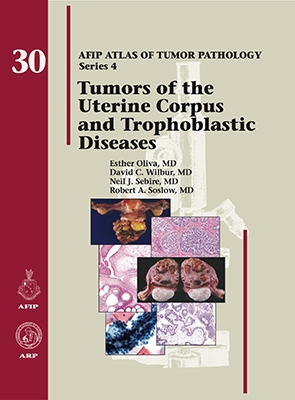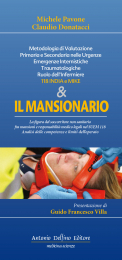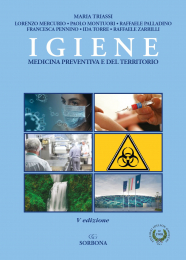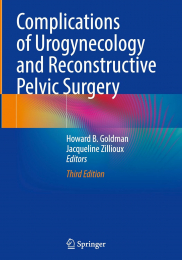Non ci sono recensioni
DA SCONTARE
Esther Oliva, MD Pathologist, Massachusetts General Hospital Professor of Pathology, Harvard Medical School Boston, Massachusetts.
David C. Wilbur, MD Pathologist, Massachusetts General Hospital Professor of Pathology, Harvard Medical School Boston, Massachusetts.
Neil J. Sebire, MBBS, BClinSci MD, FRCPath FRCOG Professor of Pathology, Great Ormond Street Hospital and Institute of Child Health (UCL) Consultant Pathologist to the Trophoblastic Disease Unit, Charing Cross Hospital London, United Kingdom.
Robert A. Soslow, MD Attending Pathologist, Memorial Hospital Member, Memorial Sloan Kettering Cancer Center Professor of Pathology and Laboratory Medicine, Weill Cornell Medicine New York.
4th Series of AFIP atlas of Tumors Pathology
Provides thorough, concise, and up-to-date information on the nomenclature and classification; epidemiologic, clinical, and pathogenetic features; and, most importantly, guidance in the diagnosis of the tumors and tumorlike lesions of all major organ systems and body sites.
Since the publication of the Third Series Fascicle of the Uterine Corpus nearly thirty years ago, molecular discoveries have deepened our understanding of epithelial, mesenchymal, and mixed müllerian tumors of the uterus, fueling a new and still evolving classification of the different categories of uterine neoplasms. Enormous insights have been made to refine the classification of the different subtypes of endometrial carcinoma linked to important prognostic and therapeutic implications. At the same time, molecular findings have allowed for the discovery of familial syndromes associated with uterine corpus neoplasms, and identification of patients at increased risk for developing specific tumors, with the subsequent implementation of genetic counseling and appropriate treatment guidelines. Molecular underpinnings have also assisted in the development of new and potentially more predictive morphologic criteria for endometrial preneoplasia, namely the endometrial intraepithelial neoplasia (or EIN) system.
In this Uterine Corpus Fascicle, there is an increased emphasis on the cytopathologic (intraoperative, exfoliative, or fine needle aspiration) and molecular features that are important in diagnosis and prognosis. What does not change from the three previous series, however, is the goal of providing the reader with thorough, concise, and up-to-date information on the nomenclature and classification; epidemiologic, clinical, and pathogenetic features; and, most importantly, guidance in the diagnosis of the tumors and tumorlike lesions of all major organ systems and body sites.




